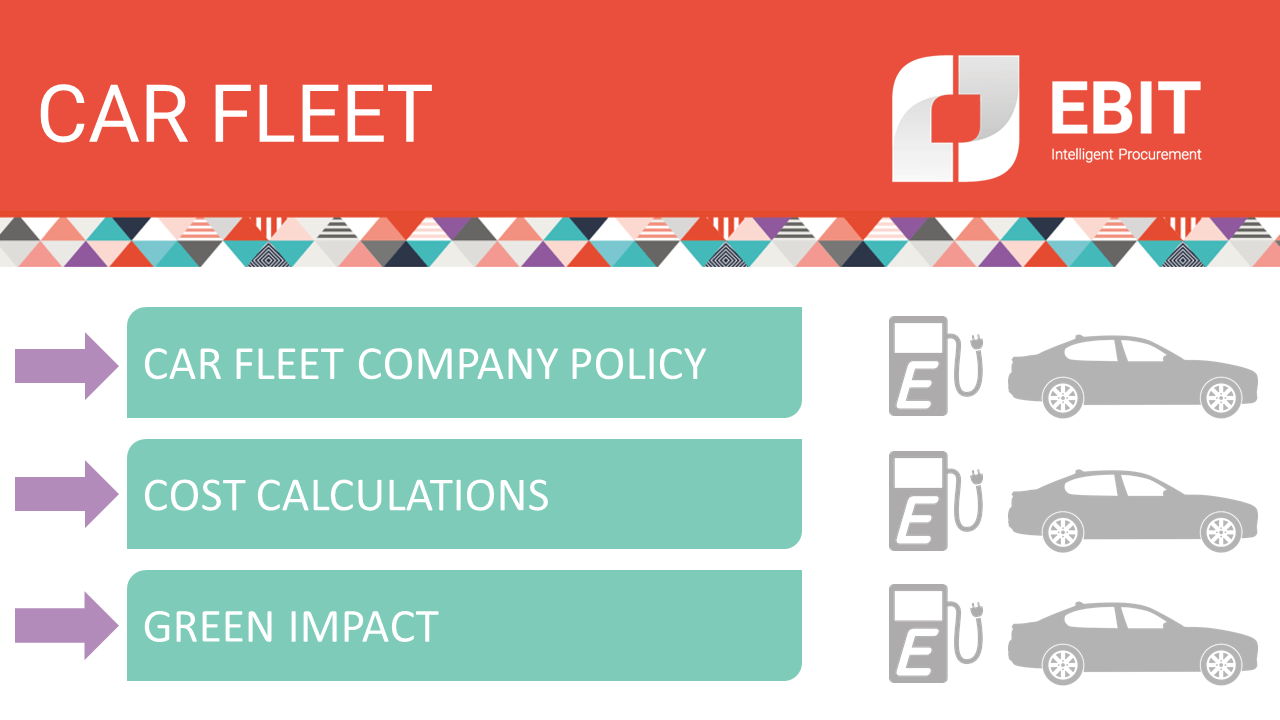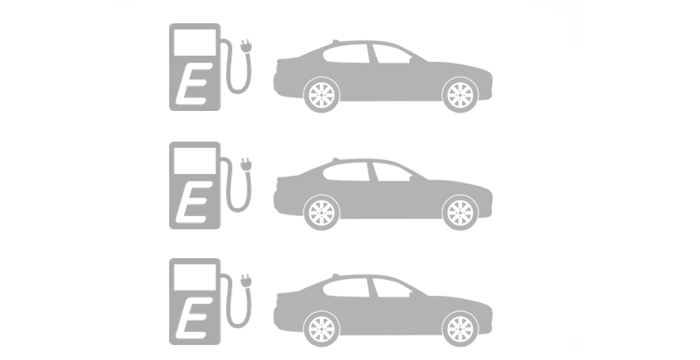Spend category highlight: Car fleet
The provision of company cars to employees has become a complex category to manage, with many hidden elements that need to be understood. There are on-costs of National Insurance and disallowed VAT that need to be understood when deciding which cars fit the policy and budget, as well as PAYE & National Insurance costs to the employee.
Sustainability is becoming more and more important, with increasing encouragement to improve a company’s environmental footprint. Therefore, it is important to choose wisely as cars are typically owned (and paid for) for three to four years.
Car fleet policy
Businesses that offer company cars will typically have a policy that reflects type and size of car based on employee grade, starting with smaller utility cars for the lower grades up to more prestigious SUV for senior staff. These grades will typically be based on a monthly value (that can also equate to a cash allowance to fund a car privately) which is used to produce a schedule of cars that can be selected into each grade.
A policy may identify specific manufacturers based on discounts offered or be based on the desirability of certain models as a benefit to attract and retain employees. Policies may also allow personal contributions by the employee to upgrade the car they drive, but these may have on-costs for the employer.
Car fleet cost calculations
Cost calculations are typically done based on the lease cost, expected annual mileage, fuel efficiency and the CO2 emissions of the car. The CO2 emissions drive the “hidden” taxes and National Insurance costs paid by the employer and employee.
In the 2020 / 21 tax year several changes to company car benefit in kind introduced some key changes to company car taxation:
- A zero-emission vehicle rate was introduced meaning an emission band of 0% for cars in the 2020/21 tax year, rising to 1% and then 2% in the following two tax years
- Reduced rates for Plug-in Hybrid Electric Vehicles (PHEVs) with CO2 emissions up to 50g. However, the percentage charge can be high for cars with low electric ranges
- Cars with CO2 emissions of 110g/km or more have a flat-rate reduction of 15% in the value of the lease rentals that attract tax relief
By switching to these greener cars, employees could save several hundred pounds a month in tax. However, without careful consideration, this can lead to a new replacement car costing the employer more than the old one. Also, as employees become aware of these reductions in personal tax, some of those who opted out with a cash allowance may well want to opt back in.
A detailed review of total cost of ownership needs to be carried out to select the most cost-effective selection of cars while retaining choice that meets the company’s ethos. These considerations should include:
- Current and future company car tax rules when making choices about company cars, including impact on employees
- New manufacturers of electric vehicles such as Tesla as well as traditional manufacturers
- Contract flexibility
- Whether it is more cost effective to take on a personal car lease rather than a company car
- Whether the cars are acquired through finance leases or an alternative means of purchasing which offers tax advantages

Car fleet is just one area of indirect spend that we can help with. Contact us today to find out more about our procurement services and how they might be able to help your business.
